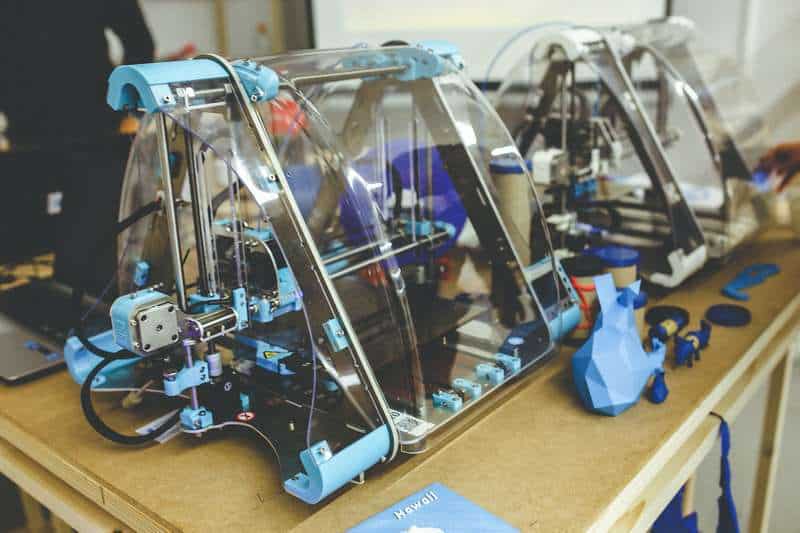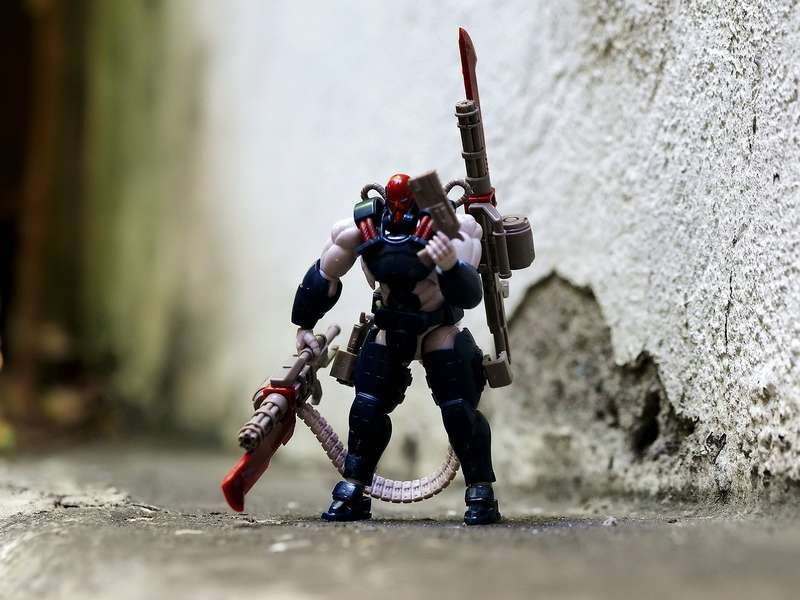3D printing for miniatures is one of the most popular uses of home-based 3D printers. The joy of designing something super intricate and watching it come to life is such a pleasure. Whether it’s replicating your favorite figurines, designing new ones for tabletop gaming, or even creating your own miniature gadgets, 3D printing is an enjoyable way of creating something new.

Sometimes, though, the results can be a little disappointing, and it can be hard to figure out why. In this short article, we will explain exactly how to improve your miniature 3D printing skills and how to set up your printer properly to get the best results. So, let’s get started!
Get The Right Printer
No matter how much you want it to be true, the cheapest off-the-shelf 3D printer will not perfectly create those amazing intricate designs you want. Stereolithography (SLA) printing is the ideal technology for printing intricate mini designs. However, it is by far the most expensive technology available. Eric, a 3D printing expert from https://printingatoms.com/, told us that “Though a cheaper technology overall, a well looked after FDM printer can give you almost as good a result as SLA printing technology when making miniature designs.” Obviously, this won’t be true for the cheapest printer, but a decent FDM machine doesn’t cost the world, and set up properly, it can yield fantastic results.
Set It Up Right
So, let’s talk about setting up your machine properly to get the best results for your figurines. There are a few things to consider here, so we have broken it down into key segments for you. The most important things to look out for are:
Speed of Printing
The speed at which your print your designs is absolutely vital when printing detailed ornaments or game pieces on your 3D printer. We all love watching printers work. It can be quite mesmerizing! But, even though it may seem boring, it’s time to slow it down. Printing slowly always increases accuracy and finish when you are 3D printing. Though it may seem crazy, slow it down to an absolute max of 30 mm per second. It may be excruciating to watch, but in the end, you will have a far more detailed and accurate final product.
Layer Height
Layer height is also very, very important when considering the detail and accuracy in miniature 3D prints. Find out what range of layer height your model of printer can do, and then aim low. This number will be based on the z-axis thread and the stepper motors movement—the lower, the better when it comes to miniatures. We recommend testing your printer with a simple multi-layered design at it’s lowest possible setting and seeing how it comes out. If the layers aren’t even, you will have to fine-tune this layer height setting until you find the perfect number.
Cooling and Layer Timing
Though many 3D printer nozzles cool themselves between movements, this becomes all the more important with mini printing. As you are printing highly detailed objects, it may be worth purchasing an extra cooling component to fit your printer. Without this, the residual heat in the nozzle may ruin unsupported areas in your intricate design. This also relates to layer timing. As cooling is so important, it can be very tempting to increase the timing between layers. This makes sense, as long as your nozzle does not drip filament onto the unfinished or produce excess heat and damage your design areas.

Too Detailed or Not Too Detailed?
So, those are the key ways to make sure your printer is set right, but we have one more thing to mention. Obviously, we have been talking about intricate designs and beautiful figurines here. But, sometimes too much detail is a problem, especially when considering every detail on a Warhammer-sized figure’s face. What seems too complex to 3D print at that size may well be. Consider reducing detail mildly in areas where you can recreate detail with paint – assuming that you will decorate your figures once they are made. Detail can be created both during and after the 3D printing page, and it is a fine talent to figure out exactly which bits to leave for after printing.
With these printer set-up tips and a note on devilish detail, we think you’ll be well on your way to producing wonderful 3D figurines at home. It’s not too complicated, and once you have everything set, you’ll be printing masterpieces in no time at all. Happy printing!

